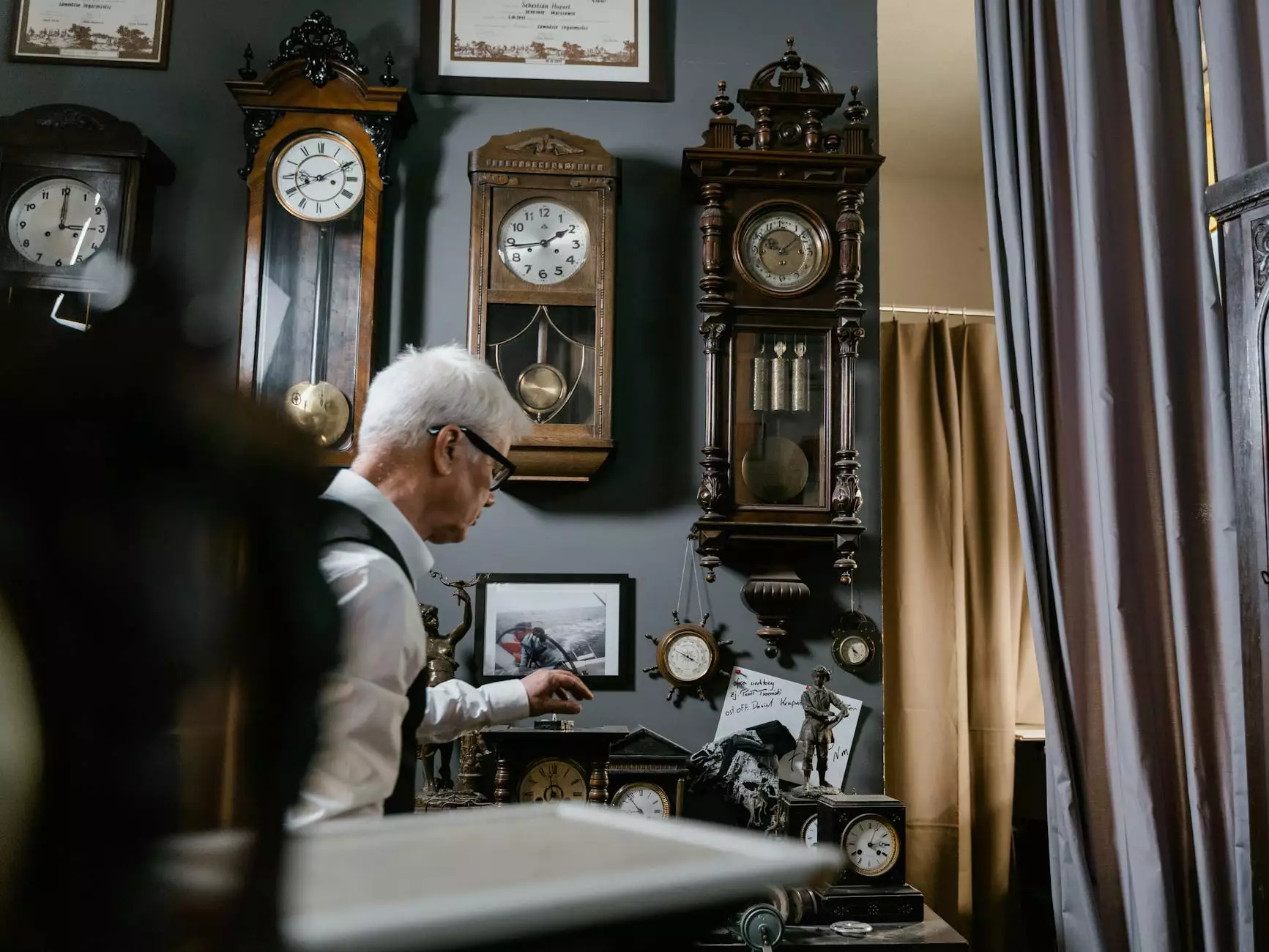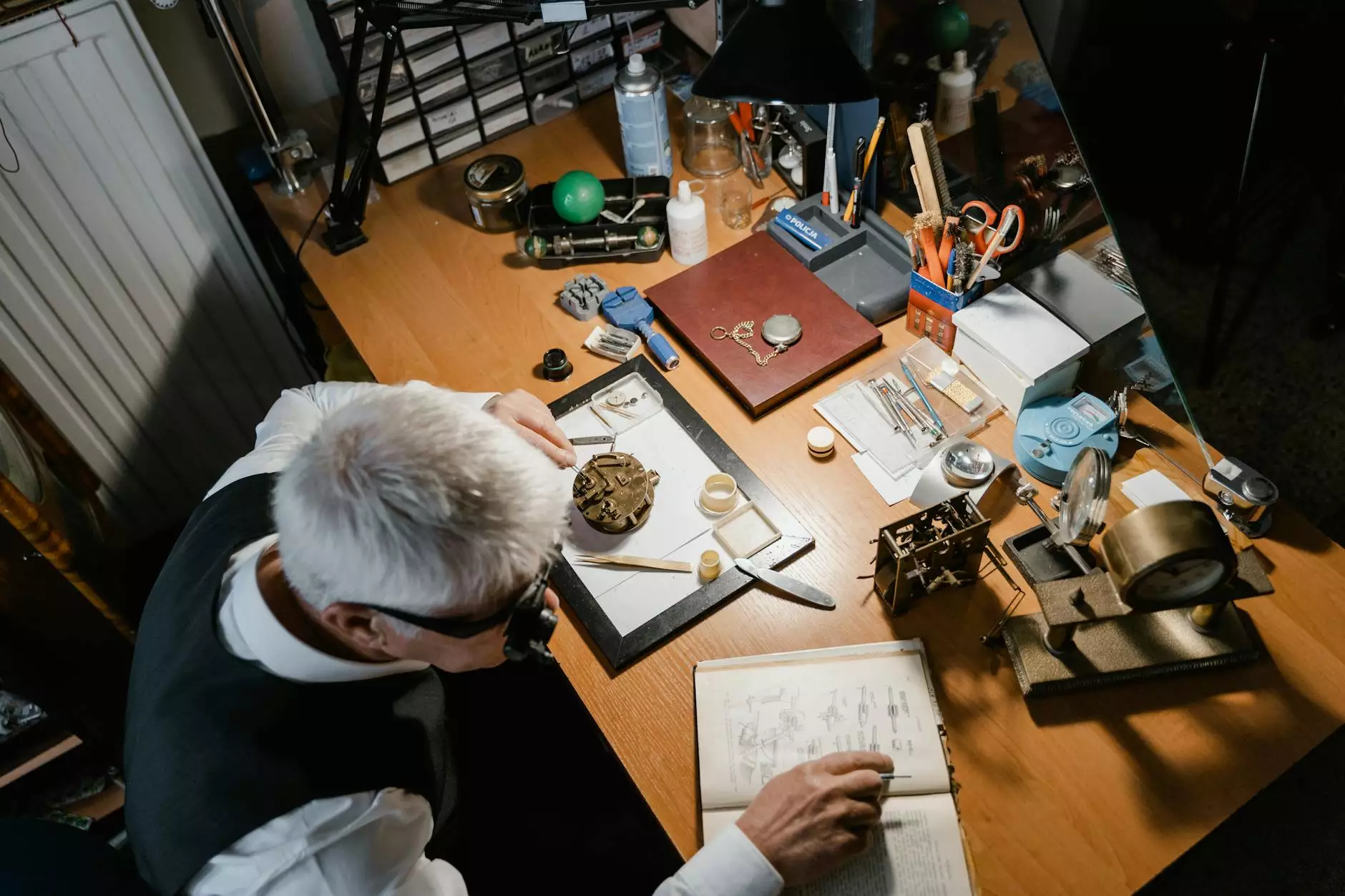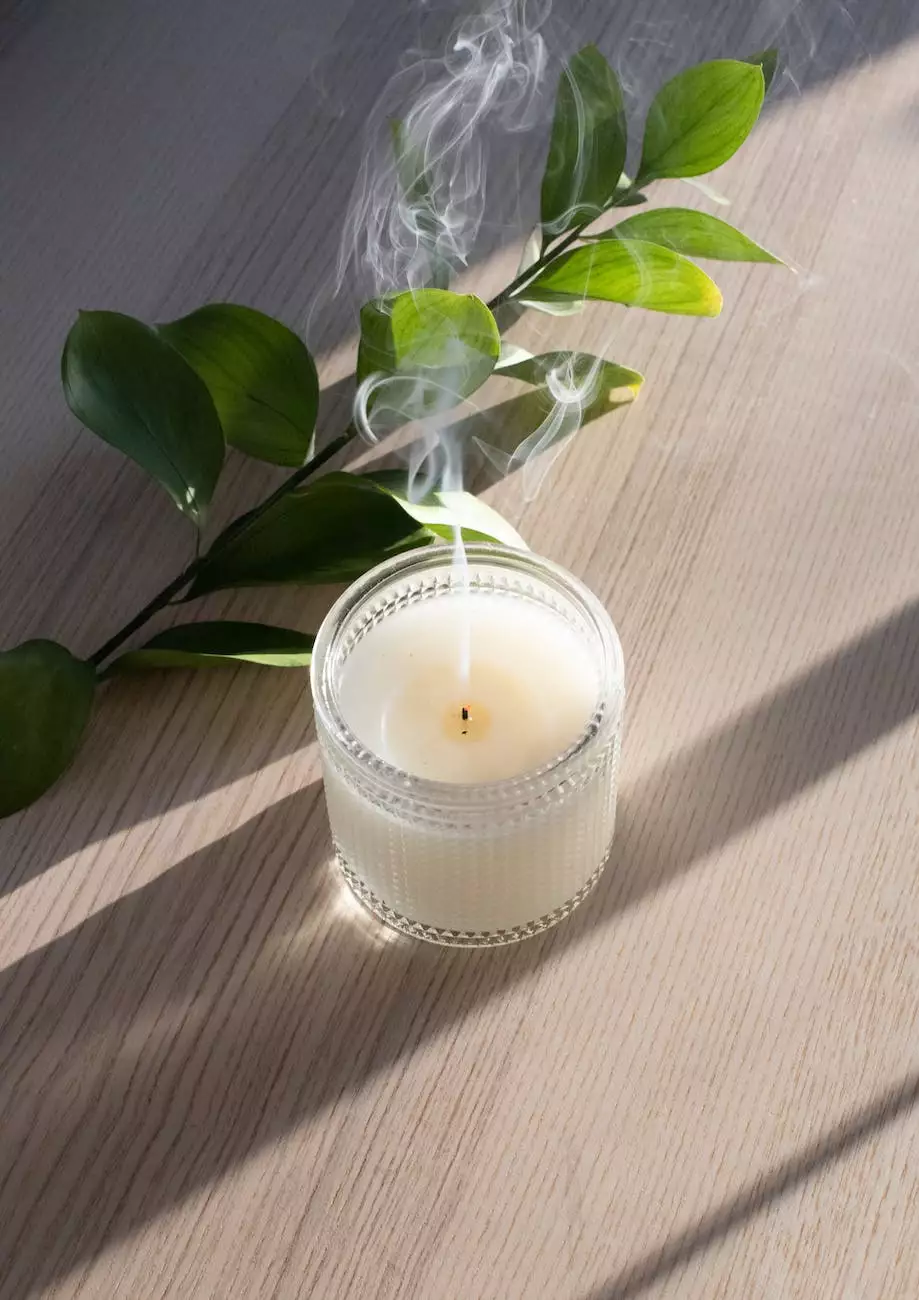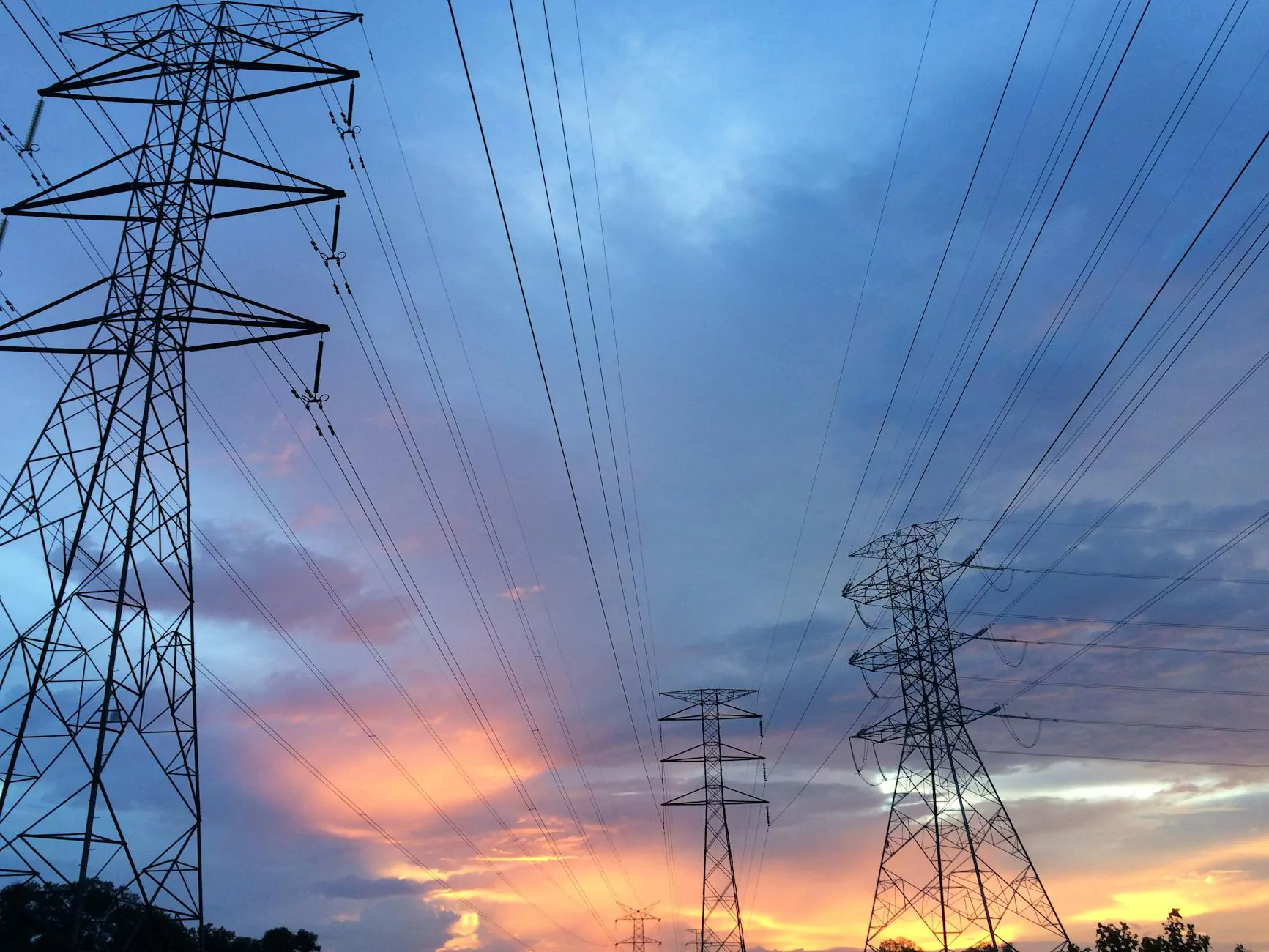How To Repair A Sprayer With Low Pressure

Introduction
Welcome to Screens Unlimited, your trusted provider of lawn and garden sprayer repair services in the business and consumer services industry. In this comprehensive guide, we will walk you through the step-by-step process of repairing a sprayer with low pressure. If your sprayer is experiencing issues with low pressure, it's important to address the problem promptly to ensure efficient and effective operation. Let's get started!
Identifying the Problem
The first step in repairing a sprayer with low pressure is to identify the underlying problem. There can be several causes for low pressure, including clogged nozzles, a malfunctioning pump, or a worn-out pressure regulator. By systematically examining each component, you can pinpoint the root cause of the issue.
Clogged Nozzles
One common cause of low pressure is clogged nozzles. Over time, debris and sediment can accumulate in the nozzle, restricting the flow of liquid. To check for clogged nozzles, remove the nozzle and inspect it for any blockages. If you notice debris, clean the nozzle thoroughly using a small brush or a pin to remove the blockage.
Malfunctioning Pump
Another potential cause of low pressure is a malfunctioning pump. A worn-out pump may not be able to generate the necessary pressure to spray liquids effectively. To diagnose a faulty pump, check for any leaks, unusual noises, or decreased suction. If these signs are present, you may need to replace the pump to restore proper pressure.
Worn-out Pressure Regulator
The pressure regulator is responsible for maintaining a consistent pressure within the sprayer. If the pressure regulator is worn-out, it may not be able to regulate the pressure effectively, leading to low pressure issues. Inspect the pressure regulator for any damage or signs of wear and tear. If necessary, replace the pressure regulator to restore optimal pressure.
Repairing the Sprayer
Step 1: Disassemble the Sprayer
Before you begin the repair process, it's essential to disassemble the sprayer carefully. Follow the manufacturer's instructions to ensure you don't damage any components. Take note of how each part is connected so that you can reassemble the sprayer correctly later on.
Step 2: Clean and Replace Components
Once the sprayer is disassembled, thoroughly clean each component using water and a mild detergent. This will help remove any built-up residue or debris that may be causing the low pressure. Additionally, inspect each part for signs of damage or wear. Replace any worn-out or damaged components with new ones to ensure optimal performance.
Step 3: Reassemble the Sprayer
After cleaning and replacing the necessary components, carefully reassemble the sprayer. Make sure all connections are secure and tighten any loose parts. Refer to your manufacturer's instructions if you need any guidance during the reassembly process.
Step 4: Test and Adjust
Once the sprayer is reassembled, it's time to test and adjust the pressure. Fill the sprayer with water or a suitable liquid and pressurize it according to your desired settings. Check for any leaks or abnormal pressure readings. If necessary, make adjustments to the pressure regulator until you achieve the desired pressure.
Conclusion
Congratulations! You have successfully repaired your sprayer with low pressure. By following our step-by-step guide, you have restored the efficiency and effectiveness of your lawn and garden sprayer. Remember to regularly maintain and clean your sprayer to prevent future issues. If you encounter any difficulties during the repair process, don't hesitate to contact Screens Unlimited for professional lawn and garden sprayer repair services. We are dedicated to providing top-quality solutions to ensure your sprayer performs at its best.










